The PlayStation 5 has had one of the strongest console launches in recent memory, and a big reason for this is its launch lineup. Bluepoint Games’ remake of FromSoftware’s classic, Demon’s Souls, has made the strongest case for owning a PS5 at launch. With players looking to put their shiny new console to the test, more eyes are on Demon’s Souls than ever before.
For many PS5 owners, Demon’s Souls may be their first foray into Souls games. If and when all demon’s have been vanquished and the Old One is lulled back to its slumber, where do players go next? The experience Souls player may suggest that second playthrough, which is all well and good. However, if players are looking for the next step in their Souls journey, we have some recommendations.
Dark Souls
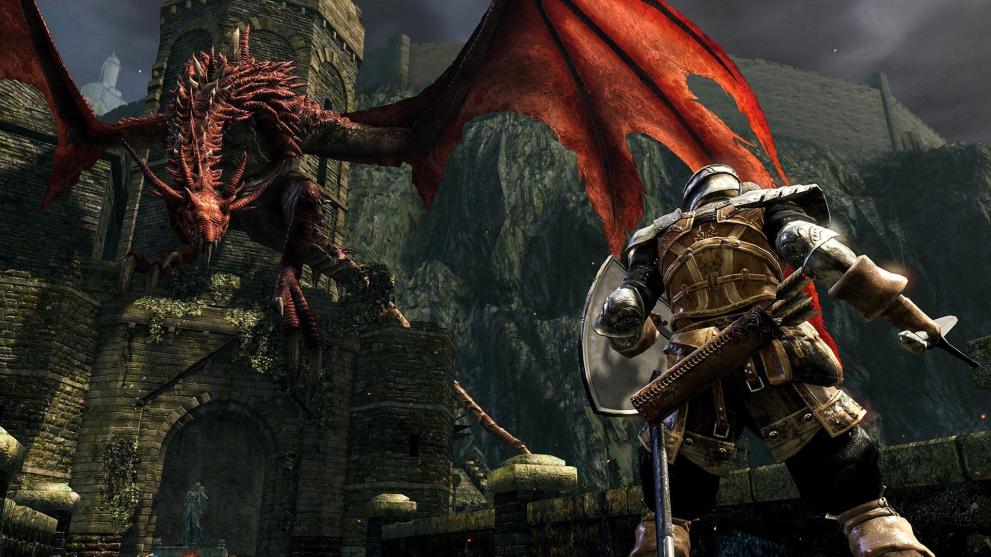
The original Demon’s Souls was a critical success for FromSoftware, so it seemed like a no brainer to continue to build on the formula with future entries. There was one little wrinkle, however. Demon’s Souls was a first-party title for Sony, and FromSoftware couldn’t just outright make a sequel without their approval. So with the help of Bandai Namco, FromSoftware released Dark Souls in 2011.
Out of all the titles in this list, Dark Souls is truest successor to Demon’s Souls. Players can pick from a number of classes from the start, such as the melee-focused Warrior or go with a magic user like a Sorcerer.
Dark Souls, like its predecessor, very much a defensive game. Parrying and performing a riposte are still great ways to gain massive damage, and magic abilities are still used by way of catalysts or talismans.
Checkpoints are handled a bit differently than Demon’s Souls by just the sheer number of them. Bonfires are the archstones of the game and can be found through any given area. So no longer do you have to hold your breath until you’ve vanquished the next demon to gain another checkpoint.
The world of Lordran echoes the dark and grotesque high fantasy setting of Demon’s Souls, albeit with more areas to explore. The Undead Burg or Undead Parish are reminiscent of the Boletarian Palace, and Blighttown shares some DNA with the Valley of Defilement. Needless to say, if you found yourself enthralled with the land Boletaria, you’ll feel right at home in underbelly of Lordran.
Of all the Souls-like series, Dark Souls has received the most entries. The latest, Dark Souls 3, was released back in 2016.
Bloodborne
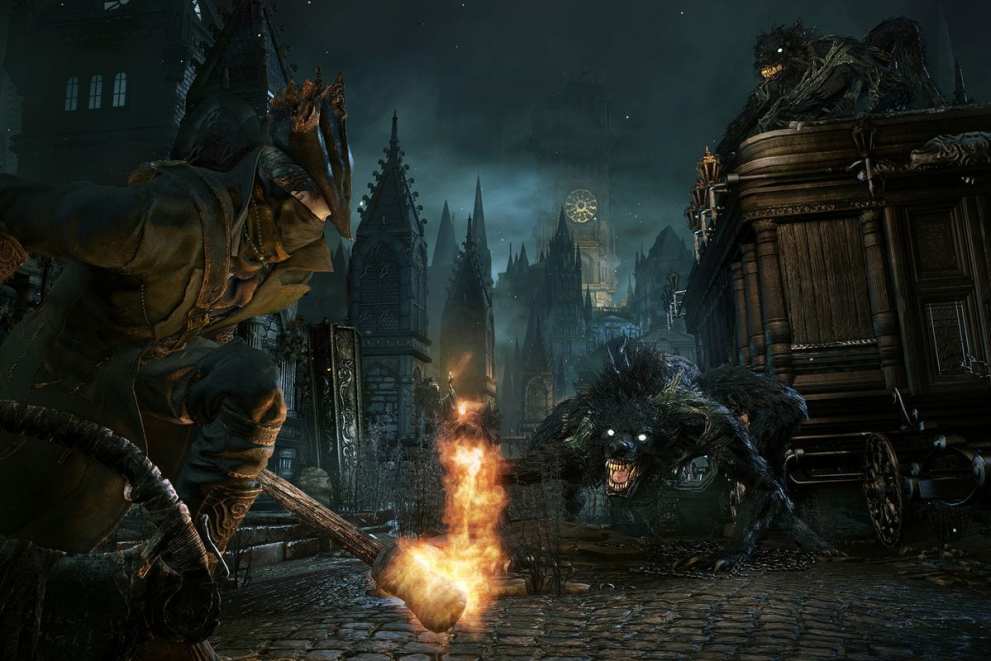
While the PlayStation 4 went on to become of the best-selling consoles ever, its first few years were a bit lacking in terms of heavy hitting titles. Then came Bloodborne in March 2015, FromSoftware’s first first-party title with Sony Interactive Entertainment since the release of Demon’s Souls.
Players take on the role of a Hunter, a slayer of beasts, who travels to the ancient city of Yharnam to find a cure for the disease that afflicts them. Yharnam is a gorgeously gothic world that is so deeply layered in terms of design that you could be caught exploring for hours.
Bloodborne is a far more offensive game than any Souls-like game before it. There is no true block in Bloodborne, and players must rely on their agility to maneuver around enemy attacks and survive. Like Dark Souls, checkpoints, or lamps, are more abundant than in Demon’s Souls.
To offset the lack of defensive abilities, Bloodborne rewards offensive play by allowing players to retrieve health by quickly following up an enemy’s attack with their own. Bloodborne also introduces firearms, which can be used to stun enemies to perform visceral attacks (akin to a riposte in Demon’s Souls) which inflict massive damage to enemies.
Bloodborne’s offensive gameplay, gorgeous art direction, and masterful level design makes it a fan favorite more than five years after its release. Now if we could only get Bloodborne 2.
Sekiro: Shadows Die Twice
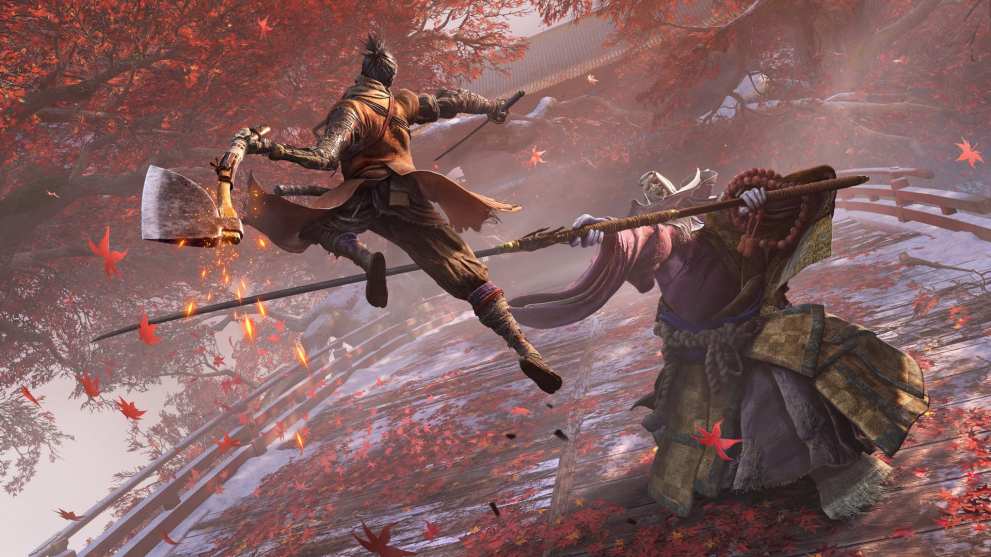
FromSoftware’s latest, Sekiro: Shadows Die Twice, is another entry in the Souls-like pantheon that adds some new flavor to the pot while also redefining the meaning of death.
Players take on the role of Sekiro, or as he is most commonly called, Wolf, a Sengoku-era shinobi equipped with a prosthetic arm that sets out to rescue his lord from a rival clan.
Unlike the silent characters of other Souls games, Sekiro is very much a narratively driven character and cannot be customized in the same way.
Sekiro: Shadows Die Twice is a bit of a departure from other Souls-likes. Death usually sets you back to your last archstone, bonfire, lamp, etc. In Sekiro, players are allowed to resurrect for a second attempt at their foe. However, after two deaths, players are sent back to their last Sculptor’s Idol, Sekiro’s checkpoints.
Players will also receive modifications to Sekiro’s prosthetic arm, most notably, to be used as a grappling hook for navigation. Secondary weapons can be attached to the arm like the Flame Vent or the Loaded Axe.
Combat in Sekiro relies heavily on what is known as Posture. The player and all enemies have a Posture meter that can be increased by either attacking the enemy or blocking their attacks. Once the Posture meter is maxed out, the enemy opens up for a Deathblow, indicated by a red circular icon. Deathblows are very much like the visceral or riposte from Bloodborne and the Souls games respectively. Bosses require multiple Deathblows to finish off.
Nioh

In the years since Demon’s Souls’ release, FromSoftware’s influence had been making waves throughout the industry. One of the most popular Souls-like series that has emerged is Nioh from Team Ninja and Koei Tecmo.
Like Sekiro, the Nioh franchise takes place in the midst of Sengoku-era Japan aka The Warring States Period. The original Nioh had players in the shoes of William Adams. Based on the historical figure of the same name, William was known as Japan’s first western samurai. Nioh 2 acts a prequel to the original and introduced customizable characters for the first time.
Many staples of the Souls-likes are here: difficult enemies, layered level design, and lots and lots of gear. Nioh is a very stat-heavy series, more so than any Souls game that came before it, and the amount of gear in the game can seem somewhat endless.
A core element of Nioh is the ability to switch between three combat stances that allow for greater versatility with your arsenal. The High Stance allows for increased damage with heavy attacks, Mid Stance is a balance between offensive and defensive abilities, and Low Stance offers quicker short range attacks.
The Nioh series can is certainly one of the more difficult titles on this list, but if players are looking to really test their Souls skills than the Nioh series is a great choice.
Mortal Shell
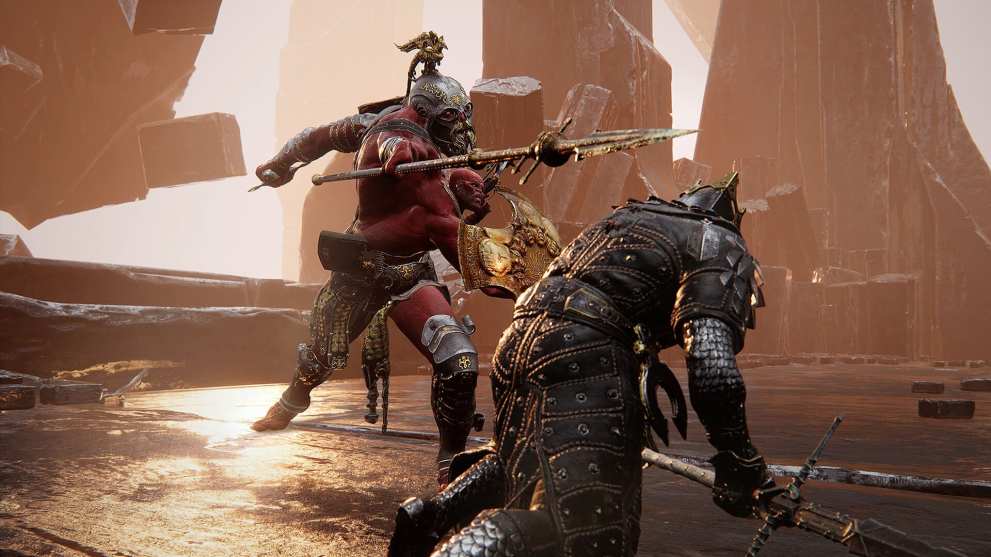
A recent Souls-like to emerge over the past few months is Mortal Shell, from a young indie studio, Cold Symmetry. Mortal Shell inherits its dark fantasy atmosphere directly from the Souls series.
The twist of Mortal Shell is that there are no classes to choose from nor characters to create. Players take on the role of an empty vessel, a being able to inhabit Shells, the empty husks of fallen warriors. As your experience with each Shell grows, you are able to gain new special abilities specific for each.
Mortal Shell offers players the ability to “harden” which encases the Shell in stone and can block all incoming attacks. It is a unique approach but it does force you to monitor another meter on top of your health and stamina. Ripostes are present in the game, so if your strategy in Demon’s Souls was to stun and go in for some critical damage, you’ll feel right at home.
Mortal Shell takes on a far more linear approach than its predecessors. There are only four Shells in the entire game and they can only be discovered as you make your way through the world. So if class customization is your bread and butter, this one may not be for you.
However, Mortal Shell is the first game from Cold Symmetry and is relatively short by comparison to its peers.
Star Wars Jedi: Fallen Order
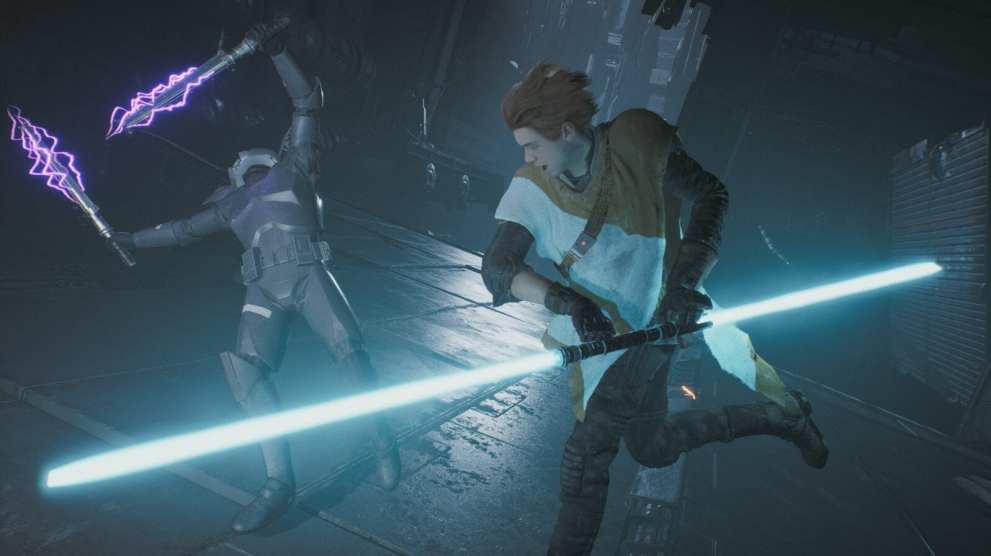
Star Wars Jedi: Fallen Order may be a surprising suggestion to some players while agreeable to others. Fallen Order is a game heavily inspired by multiple franchises. First and foremost it is a narratively driven AAA blockbuster with set pieces galore, akin to Uncharted or God of War. However, when it comes to combat design, Fallen Order pulls most of its inspirations from Souls-likes.
In Fallen Order, you play as Cal Kestis, a displaced padawan following the execution of Order 66. Cal, with his trusty companion BD-1, must make his way from planet to planet in search of a Jedi holocron, which reveals the location of young force users that could restart the Jedi Order.
Fallen Order’s core gameplay loop is ripped right from the Souls series. Players face one-on-one encounters with enemies which will grant XP once dispatched. If killed, you will be brought back to your last checkpoint and you will lose your XP. Like other Souls-likes, you have a chance to retrieve your XP if you can make it to your death point safely.
Fallen Order is certainly not as ruthless as any game in the Souls series. Cal’s force abilities can be a big leg up when facing down the more common enemy types and checkpoints are far more abundant.
Fallen Order is a pleasant blend of traditional narrative action games and Souls-likes. Level design is nowhere near as intricate but there is some depth for experienced Souls fans to enjoy here.
Looking for more on Demon’s Souls? Check out how to get some near endgame weapons like Demonbrandt and Soulbrandt. We ranked all bosses in Demon’s Souls from worst to best, and check out the latest accolades trailer.

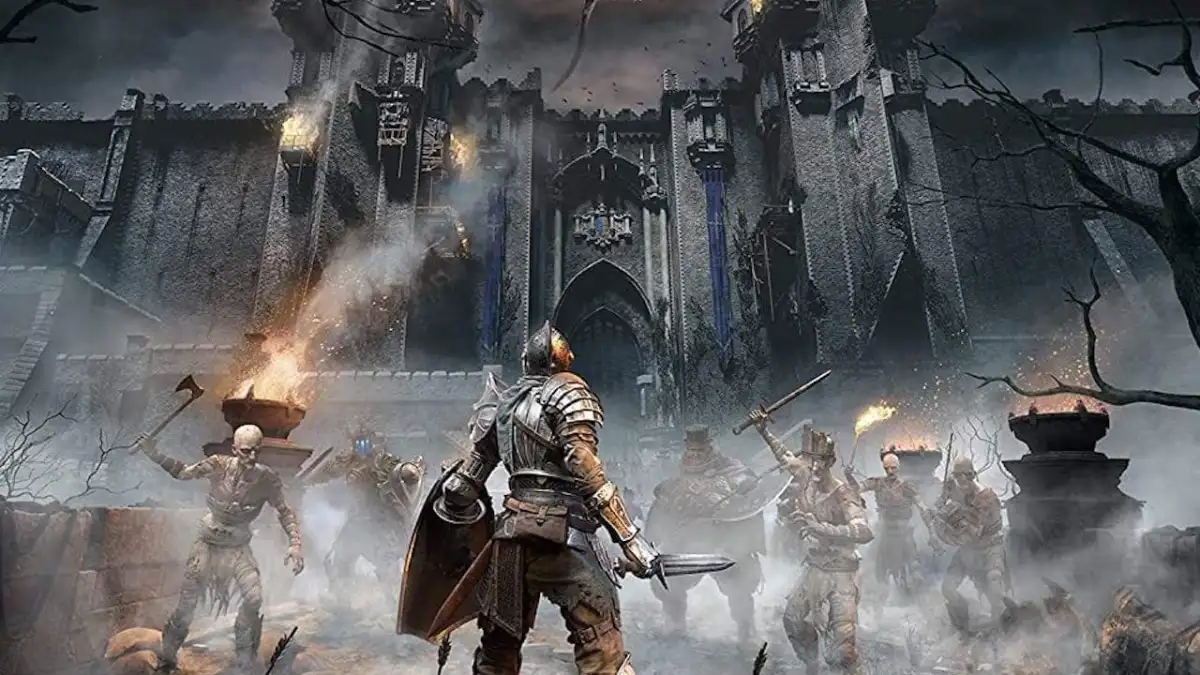











Updated: Dec 4, 2020 09:16 am